Owning a dog is often synonymous with joy, loyalty, and companionship. However, the journey from getting a puppy to having a well-adjusted adult dog is fraught with challenges. Sometimes, unwittingly, owners can make mistakes that lead to behavioral problems in their furry friends. A common yet distressing outcome can be aggression. Understanding these pitfalls can help prevent such issues, ensuring a happy and harmonious relationship between you and your canine companion.
Neglecting Early Socialization
Socialization is a crucial aspect of a puppy’s development. It involves exposing your dog to different environments, people, and other animals. When this is neglected, dogs may grow up fearful or anxious, which often manifests as aggression. Imagine a child who has never interacted with others; they might react defensively when they finally do. Dogs are similar in this respect. A well-socialized dog is generally more confident and less likely to see strangers as threats. It’s essential to introduce your puppy to various scenarios during their early months to ensure they grow into well-rounded adults.
Inconsistent Training Methods
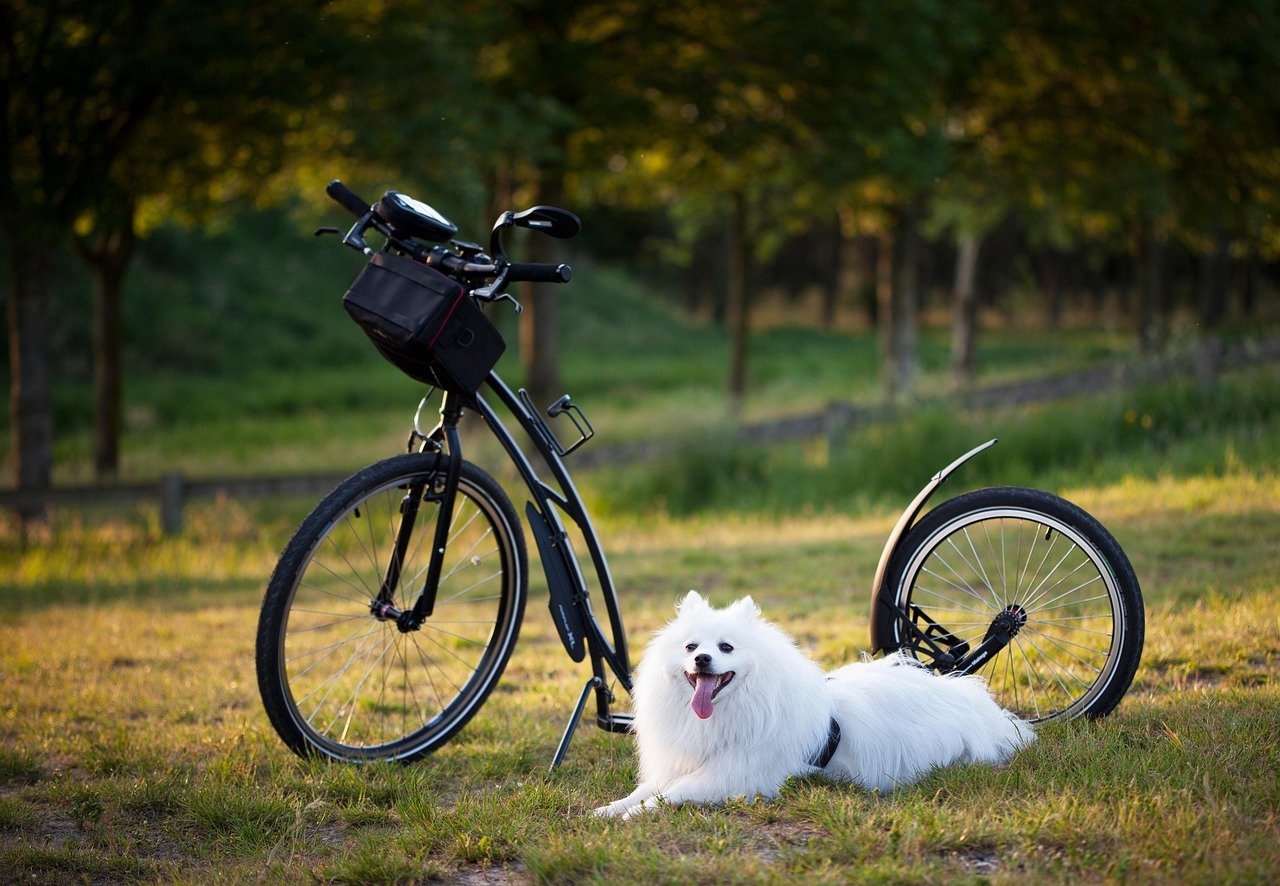
Dogs thrive on consistency. Using different words or commands for the same action confuses them. Imagine trying to learn a language where the same word has multiple meanings; it’s bewildering! Similarly, if one day jumping on the couch is acceptable, and the next it’s not, your dog won’t know what to expect. This inconsistency can lead to frustration and, eventually, aggressive behavior. Stick to a clear set of commands and ensure everyone in the household follows them. This clarity helps your dog understand their boundaries and reduces anxiety.
Ignoring Warning Signs
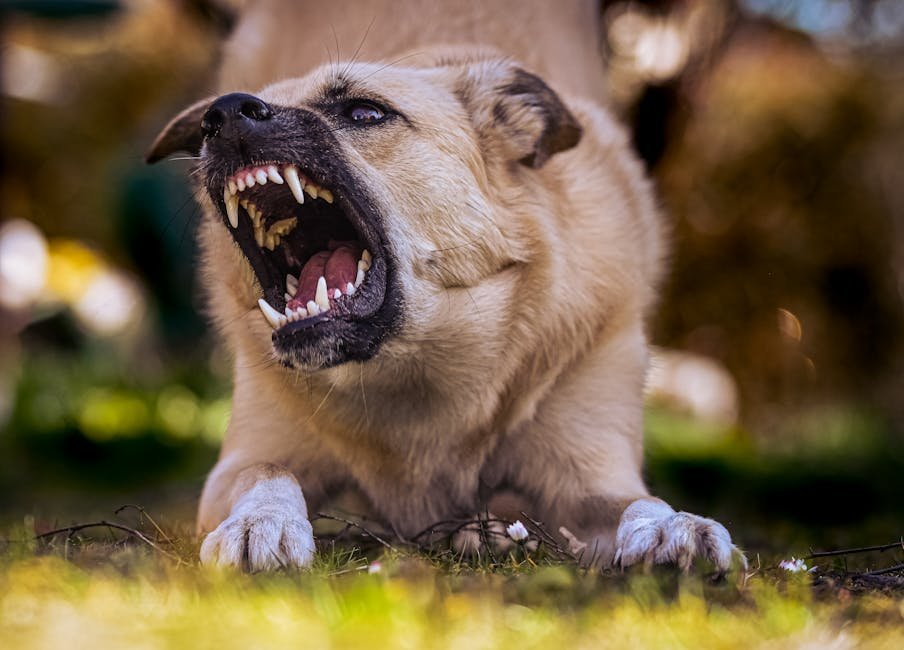
Dogs rarely become aggressive out of nowhere. They often show subtle signs before they escalate. These can include growling, showing their teeth, or even a change in body language. Ignoring these signs is like ignoring a ticking time bomb. It’s crucial to pay attention and address these warning signs early on. Training, professional guidance, or even a vet check-up can help determine the root cause of these behaviors. The sooner you address them, the easier they are to manage.
Using Harsh Discipline
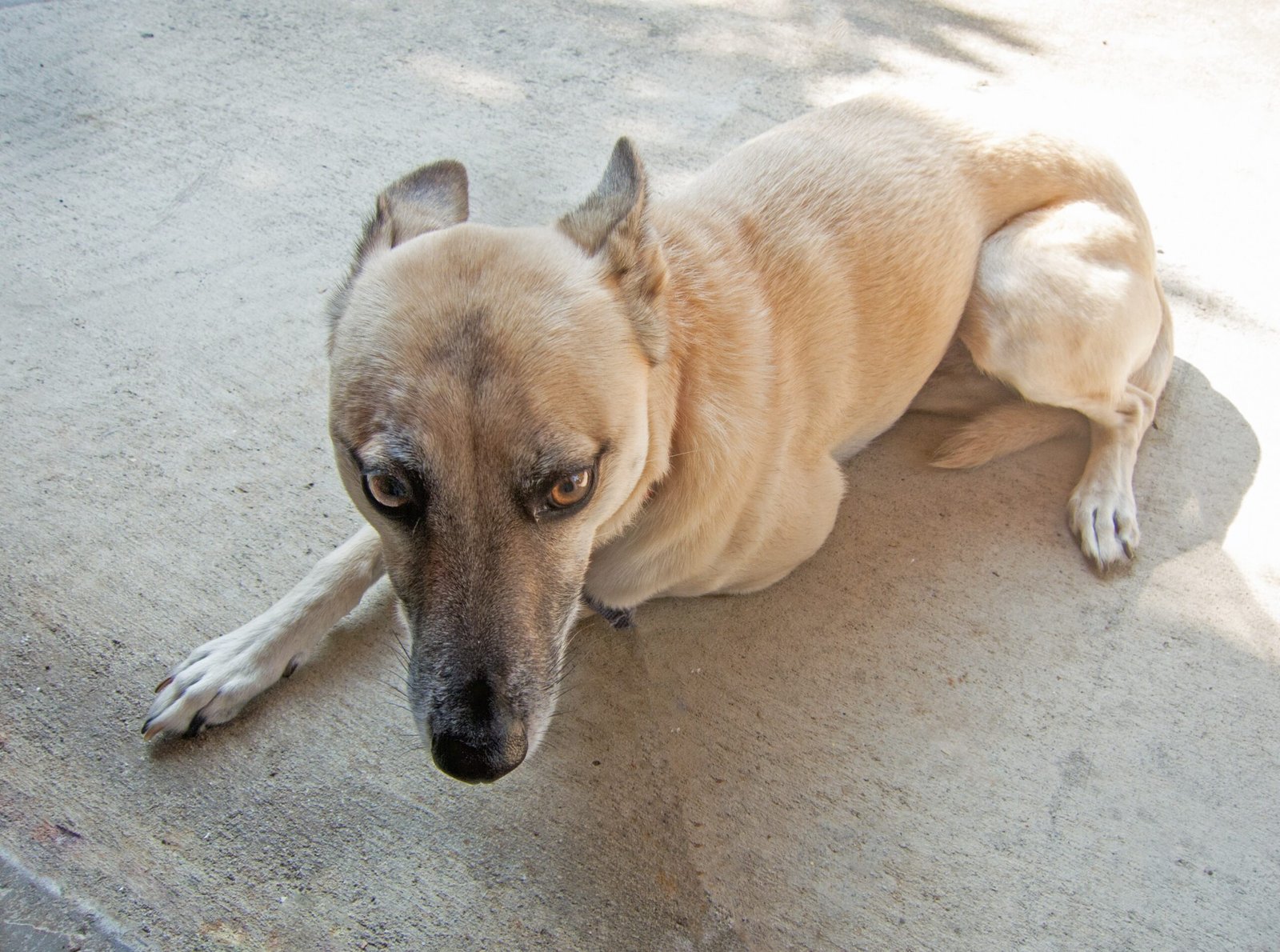
Discipline is necessary, but it must be fair and appropriate. Using harsh methods like yelling or physical punishment can be counterproductive. Think of it like trying to motivate someone with threats; they might comply out of fear, but it doesn’t foster a trusting relationship. Harsh discipline can lead to fear-based aggression. Instead, positive reinforcement, like treats and praise, encourages good behavior. It’s essential to build a relationship based on trust and respect, not fear and intimidation.
Overprotection and Coddling
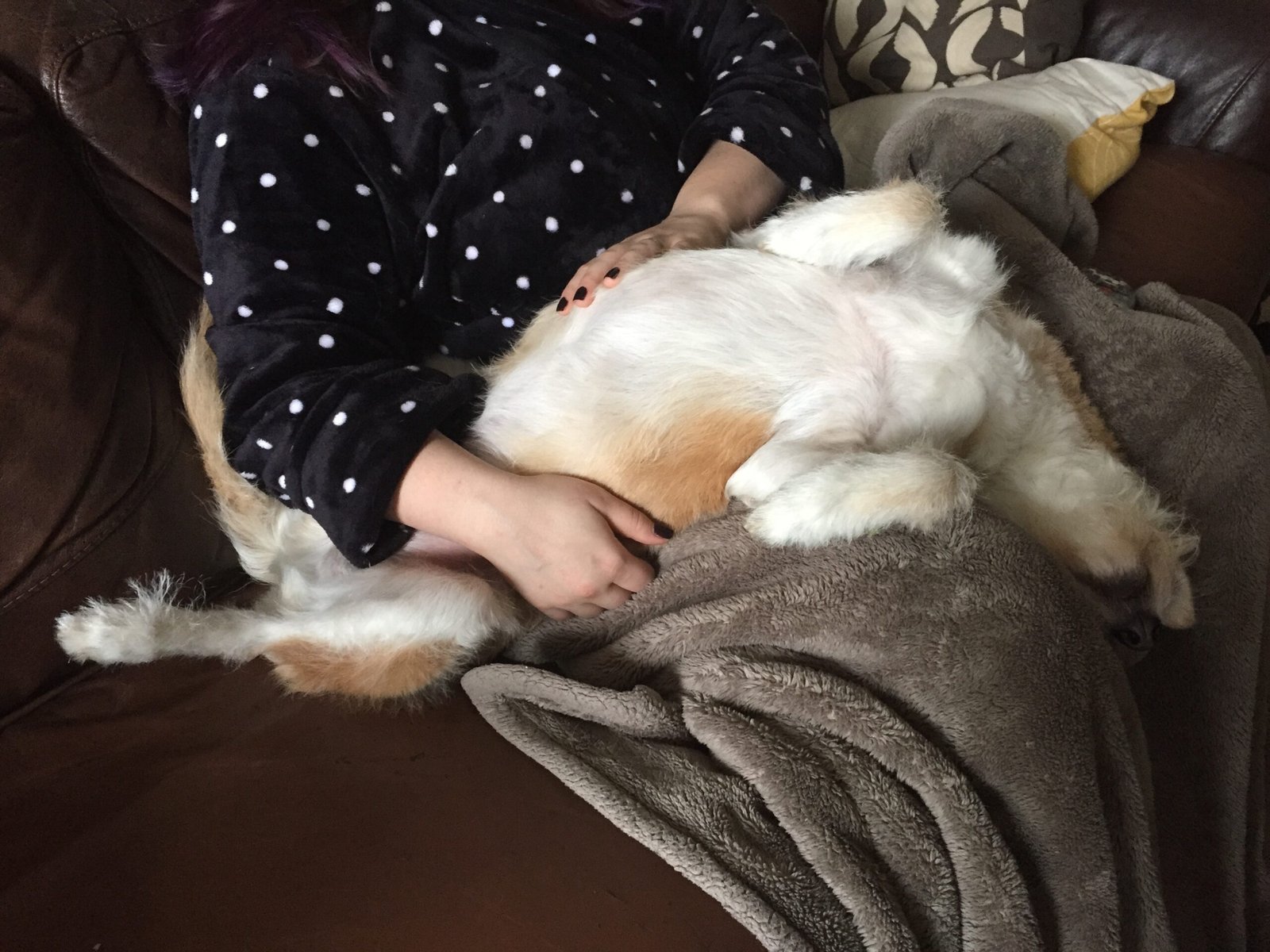
While it’s natural to want to protect your dog, overdoing it can lead to issues. Overprotective behavior can make a dog anxious, as they never learn to handle situations independently. Imagine a child never allowed to play outside; they might be fearful when they finally do. Dogs need to explore and learn about their world. Allowing them to experience different situations, while ensuring their safety, helps them become confident and well-adjusted.
Not Providing Enough Exercise
Dogs have energy levels that need to be managed. A lack of exercise can lead to pent-up energy, often resulting in destructive or aggressive behavior. Picture being stuck indoors without any outlet for your energy; frustration is inevitable. Regular exercise helps burn off this excess energy and reduces stress. Whether it’s a long walk, a game of fetch, or agility training, ensuring your dog gets enough physical activity is crucial for their mental well-being.
Feeding Inconsistently
Feeding times can significantly impact a dog’s behavior. Inconsistent feeding schedules can lead to anxiety and food aggression. Imagine not knowing when your next meal will come; it’s unsettling. Dogs need a routine, and feeding them at the same times every day provides a sense of security. Ensure they have a balanced diet and avoid giving them table scraps, as this can lead to begging or food aggression.
Lack of Mental Stimulation
Just like humans, dogs need mental challenges to keep them engaged. Without it, they can become bored and resort to negative behaviors, including aggression. Think of it like a mind without stimulation; it becomes restless. Puzzle toys, obedience training, and new experiences can keep their minds active. Engaging their brains is as important as physical exercise and can prevent many behavioral issues.
Neglecting Health Issues
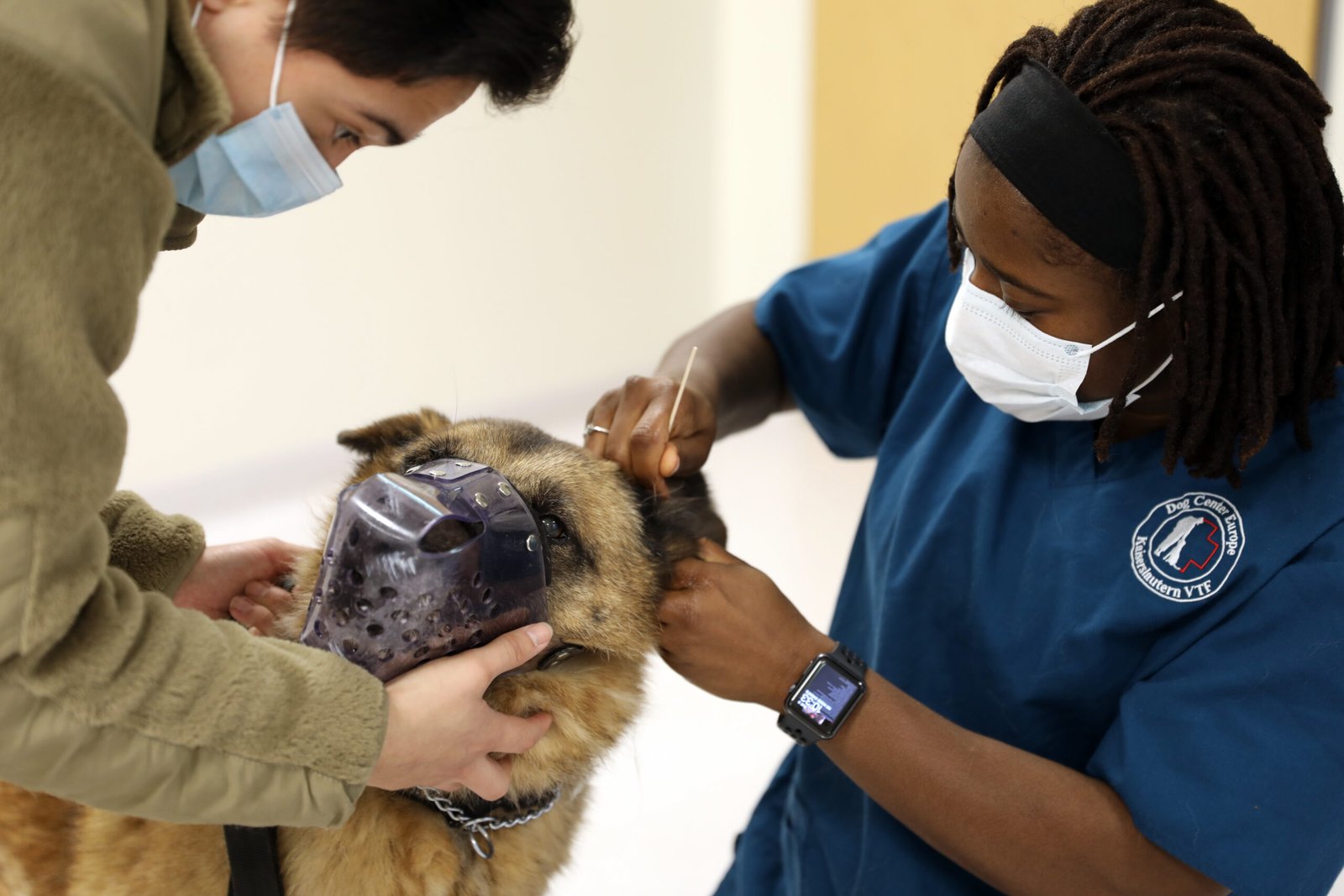
Sometimes, aggression can be a sign of underlying health problems. Pain or discomfort can make a dog irritable and aggressive. Imagine trying to function with a constant headache; patience would be thin. Regular vet check-ups are essential to rule out health-related causes of aggression. If your dog’s behavior changes suddenly, it’s always wise to consult a vet to ensure there isn’t a medical issue at play.
Failing to Set Boundaries
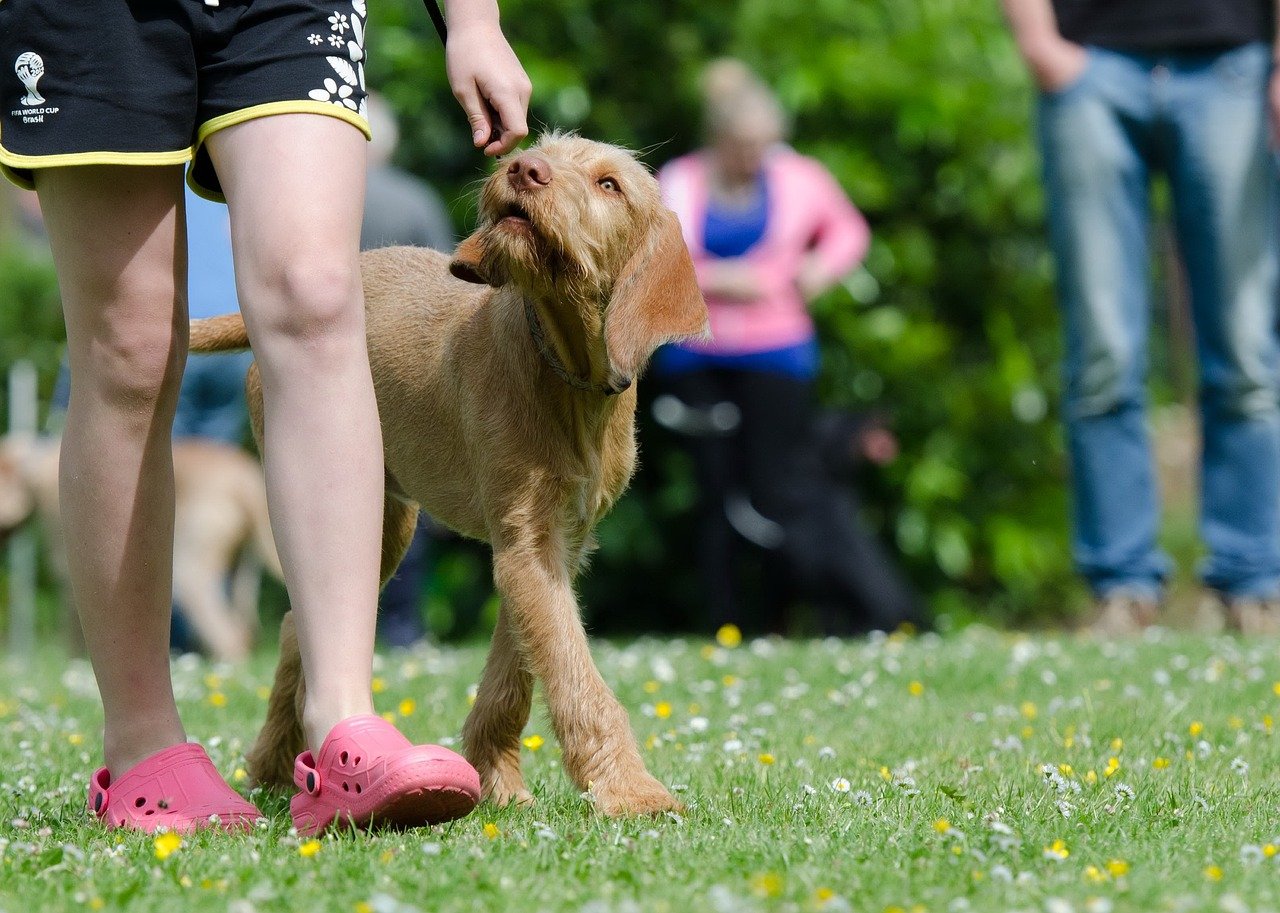
Dogs, like children, thrive on structure. Without clear boundaries, they can become confused and anxious, often leading to aggressive behavior. Think of it as living in a world without rules; it’s chaotic. Setting limits helps them understand what is expected and what is not acceptable. Training classes can be beneficial in establishing these boundaries, ensuring your dog knows their place in the family hierarchy.
Understanding these common pitfalls can make a world of difference in your relationship with your dog. By avoiding these mistakes, you can ensure a harmonious and loving bond with your furry friend, minimizing the risk of aggression and maximizing joy.

Esther is from India; the heartbeat of South Asia, holding a Master’s degree in Zoology and a postgraduate diploma in Animal Welfare. Her enthusiasm for animal welfare drives her passion and dedication to working for animals, ensuring their well-being, and advocating for their rights. With a solid academic background and hands-on experience, she is committed to making a positive impact in the field of animal welfare. In her free time, she enjoys embroidery and sewing. As a Chennaite from Tamil Nadu, Esther loves Bharathanatyam, an Indian classical dance form.





